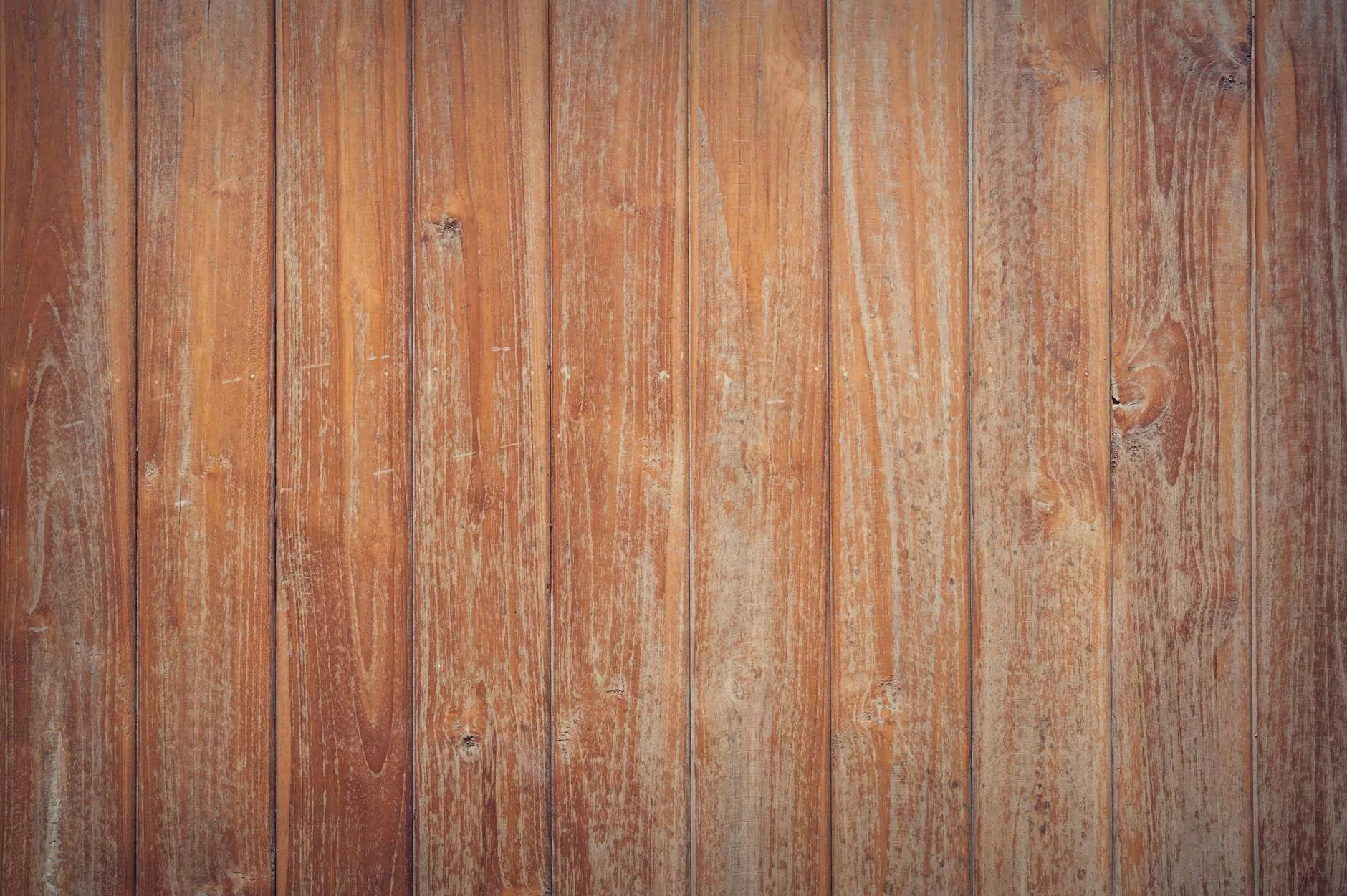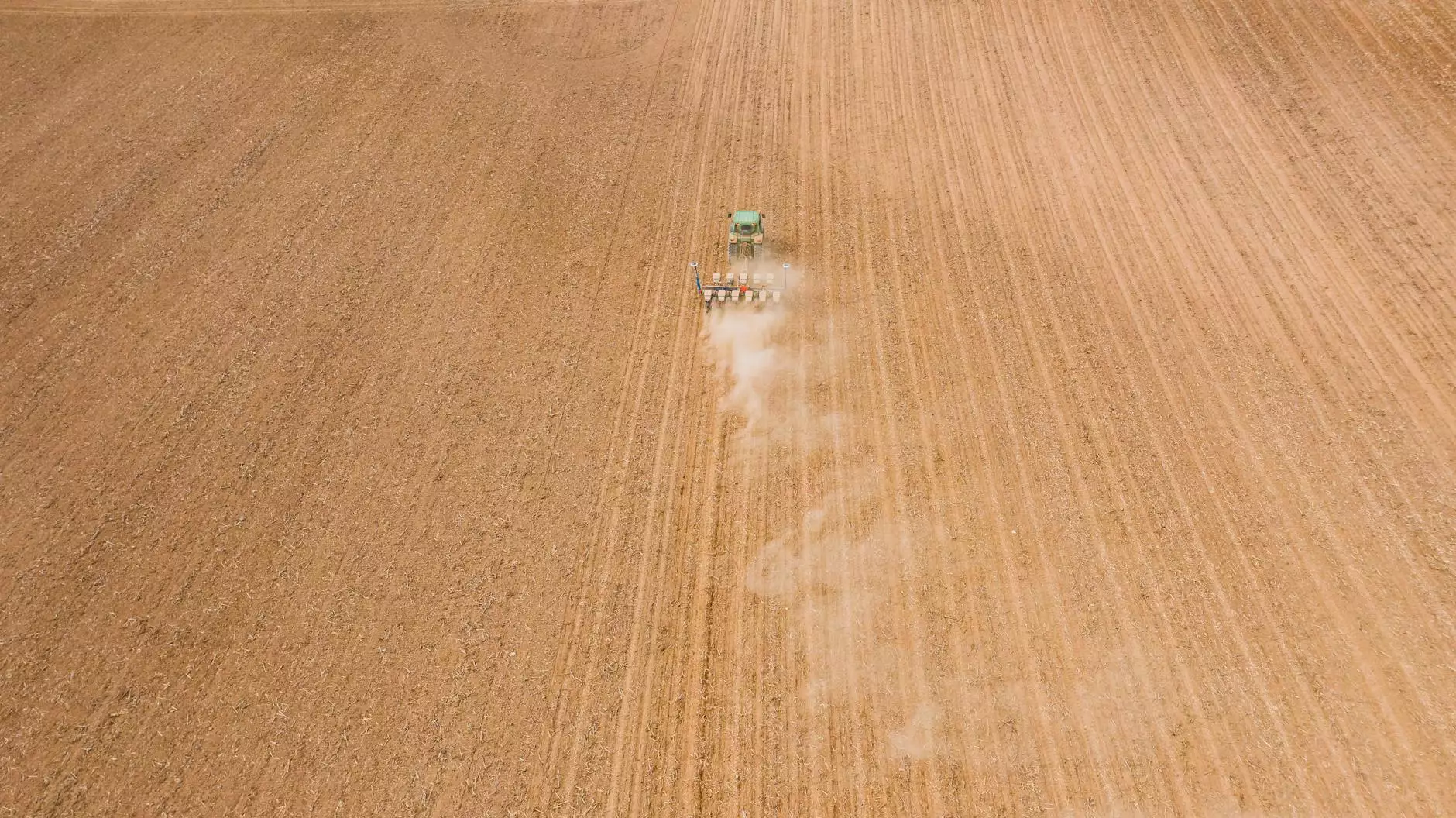Construction Development Versus Oak Trees: Can the Two Co-Exist?
Legal News
Introduction
Welcome to Pro Per Legal Document Specialists, your trusted source for all legal matters related to construction development and environmental preservation. In this article, we delve into the intricate relationship between construction development projects and the preservation of oak trees. Join us as we explore the legal aspects surrounding this complex issue.
The Significance of Oak Trees
Oak trees hold immense ecological and environmental significance. These majestic trees provide shelter to various animal species, contribute to cleaner air by absorbing carbon dioxide, and play a crucial role in soil erosion control. The preservation of oak trees is vital for maintaining biodiversity and ensuring the overall health of our ecosystems.
The Impact of Construction Development
Construction development projects often involve land clearing, excavation, and altering the existing landscape. Unfortunately, these activities can pose a threat to the survival of oak trees. The roots of oak trees, for instance, are susceptible to damage during excavation, leading to instability and potential mortality.
Additionally, the construction process may involve the use of heavy machinery and the compaction of soil, which can hinder proper water and nutrient absorption by oak trees. Furthermore, the introduction of impervious surfaces, such as concrete and asphalt, can disrupt natural drainage patterns, exacerbating the stress on oak trees.
The Legal Framework
As construction development continues to expand, governments and regulatory bodies have implemented laws and regulations to address the preservation of oak trees. These legal frameworks vary across regions, but they typically include measures for assessing the impact of development on oak trees, guidelines for protection and mitigation, and potential penalties for non-compliance.
Environmental Impact Assessments
Before undertaking a construction development project, it is essential to conduct an environmental impact assessment (EIA). This process involves evaluating the potential ecological effects of the project, including its impact on oak trees. The EIA considers factors such as tree density, age, and ecological connectivity to determine the feasibility of the proposed development.
Through the EIA, developers can identify ways to minimize harm to oak trees, such as implementing protective measures during construction, preserving existing oak tree clusters, and compensating for lost trees through tree planting initiatives.
Mitigation and Compensation
When oak trees are unavoidably impacted or removed due to construction development, mitigation and compensation strategies come into play. These strategies aim to offset the loss of oak trees by implementing measures that support the long-term health and restoration of the ecosystem.
Common mitigation approaches include the creation of alternative habitats for wildlife, planting native tree species, and implementing green infrastructure solutions to enhance environmental sustainability. Compensation measures may also involve financial contributions towards conservation efforts or the establishment of dedicated oak tree preserves.
Challenges and Controversies
The conflict between construction development and the preservation of oak trees often sparks debates and controversies. Balancing economic development with environmental conservation is a delicate process that requires careful consideration of various factors.
Some argue that the economic benefits brought by construction development projects outweigh the environmental costs, while others emphasize the need to prioritize the protection of our natural heritage. Finding common ground and seeking sustainable solutions is essential to navigate these challenges and ensure the coexistence of construction development and oak trees.
The Future Outlook
As society increasingly recognizes the importance of environmental conservation, the protection of oak trees within construction development projects is likely to become more stringent. The integration of sustainable practices, advanced technologies, and innovative design solutions will play a vital role in minimizing the impact on oak trees while promoting responsible growth.
Conclusion
At Pro Per Legal Document Specialists, we understand the intricate relationship between construction development and the preservation of oak trees. Our team of legal experts is here to support you in navigating the complex legal landscape surrounding this issue.
With our expertise, you can ensure that your construction development projects adhere to the necessary regulations and contribute to the long-term preservation of oak trees. Contact us today and let us assist you in achieving an optimal balance between development and environmental stewardship.




